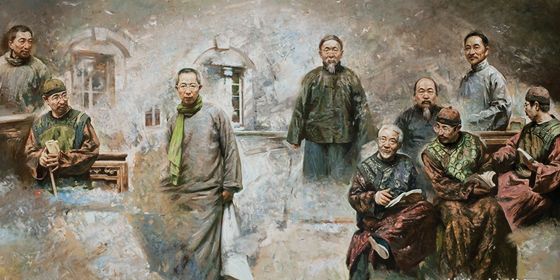Top 10 regional merchant groups in ancient China
- By Zhang Junmian
 0 Comment(s)
0 Comment(s) Print
Print E-mail China.org.cn, November 16, 2011
E-mail China.org.cn, November 16, 2011
Guangdong Group 廣東商幫
Guangdong Group gradually came into shape during the middle of the reign of Emperor Jiaqing (1521-1566) in the Ming Dynasty. It consisted of merchants from Guangzhou, Chaozhou and Jiaying cities in Guangdong Province. With the development of the commodity-based economy, some merchants organized their own armed fleets for maritime trade and gradually formed guilds which also incorporated intermediaries and long-haul wholesalers.
Different from the Shanxi and Huzhou merchants, Guangdong businessmen mainly engaged in foreign trade, acting as the second-hand dealers of western commodities such as flavors, wool products and industrial items. They also exported China's tea and silk products. After the five Treaty Ports were opened to foreign countries following the end of the Opium War in 1842, Guangdong merchants changed themselves into modern businessmen and became a prosperous guild not only in Guangdong, but also in Hong Kong and Southeast Asia with the expansion of commodity trading. Guangdong merchants have always been a group of high-risk taking, courageous, pragmatic and smart businessmen.
Go to Forum >>0 Comment(s)







